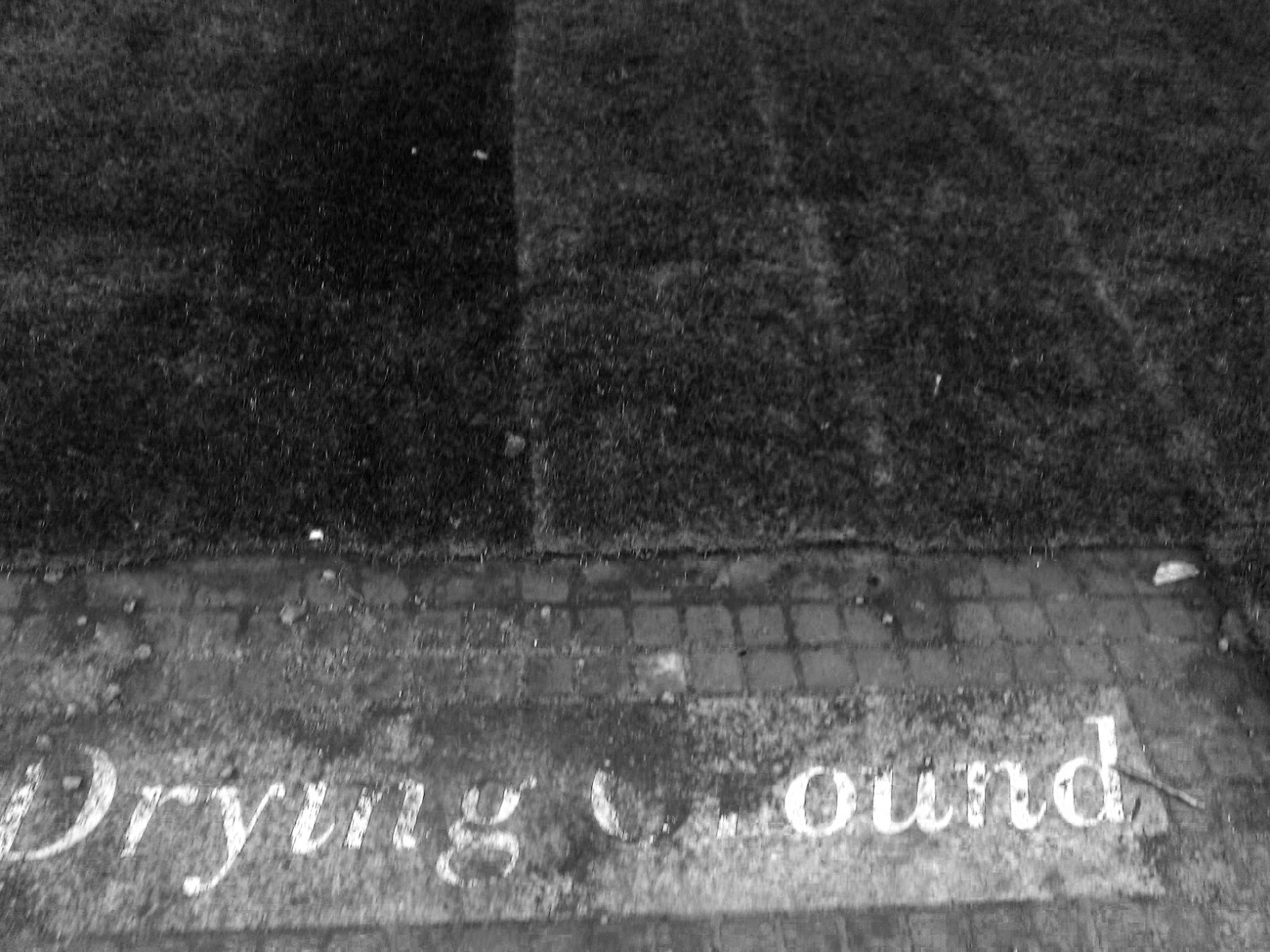The Stove have been coined ‘cultural ambassadors for Dumfries’ as last week we packed our trunks and headed off for Bordeaux.
Why Bordeaux you might have asked?
To which we may have replied,
‘Although it is undoubtedly bigger, better and sunnier, Bordeaux has several interesting parallels with Dumfries: it was a one-time great trading port on a river; its historic buildings and waterfront had suffered from misuse and neglect. The difference comes in how it has succeeded in regenerating itself in the last decade or so, with a strong focus on culture and environment.’ Indeed.
Bordeaux’s vast infrastructure and city centre regeneration over the past 15 years has focused largely on the riverside, and the design and creation of people friendly places over vehicle orientated ones.
Time and again we gravitated towards the area, for meetings, coffee, discussions and – possibly our most favourite public space, the fountain –also known as the Mirror.
The Mirror, which alternates between a shallow pool and ephemeral fog, forms part of the promenade extending along the river – filled with people on all manner and number of (human powered) wheels. Glasgow based artist Jacqueline Donnachie’s Slow Down project has been tested in a few towns and cities, most recently in Glasgow in the run up to the Commonwealth which sees bikes fitted with chalks that mark the routes taken by cyclists in the city to encourage cycling use… Cycling Dumfries looks to improve cycling closer to home – how could we think about our transport differently?
The city centre’s new look and feel, as well as Bordeaux’s Unesco Heritage status, has had input too on a cultural front with the AGORA (Architecture, Urban Planning and Design) biennale which has grown out of the regeneration works in the town into a fully fledged national event of it’s own standing. This year AGORA coincides with the Nithraid – taking place from 11th – 14th September.. but more on this later!
Of course, as much as the city centre is all absorbing and beautiful, the Stovies got an itch to explore a little more into the periphery spaces of Bordeaux – so we took (the very sleek) tram up to the Bacalan area – which is pretty serious about it’s regeneration on all fronts, as new builds and cranes jostled for space amongst established arts and social enterprise organisations.
Le garage moderne – a social enterprise with groups across France, teaches practical mechanics whilst also doubling up as exhibition space, and artists studios and office spaces – it caught the Stove’s wildest imagination – we’re quickly realising that we could outgrow 100 High Street…
And finally for this week – we’ve become a bit obsessed with the space out the back of the Stove, as we explore the mechanism for creating a new rear entrance for 100 High Street, discussions have been ongoing as to how to alter the sense and atmosphere of a place, especially one with shared use and ownership. Grand plans are being finalised as the impact of 100 High Street and it’s relationship to it’s surroundings grows and changes from the forgotten Happitt store into the Stove proper… as ever, we’ll keep you posted.
Les Vivres de l’Art – one of the wildest creative spaces we came across in Bordeaux.


















